
Clothes on the line
Pere Formiguera’s first photographic series Roba estesa [Clothes on the Line] is dated 1975, the year the Joan Miró Foundation first opened its doors.

Pere Formiguera’s first photographic series Roba estesa [Clothes on the Line] is dated 1975, the year the Joan Miró Foundation first opened its doors.

The exhibition is a compilation of works by Miró that attests to his experimentation in printmaking from the 1930s to the 1960s.
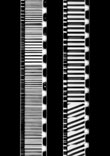
The Joan Miró Foundation presents Insomnia, an exhibition about film as a material for contemporary art. Curated by Neus Miró, the show brings together a series of international artists who have explored film in the period from the sixties to the present.
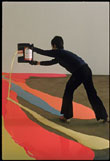
Curated by Magnus af Petersens, curator of contemporary art at Moderna Museet, Stockholm and sponsored by Fundación BBVA.
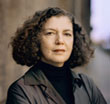
Projection, curated by Martina Millà in close collaboration with Mona Hatoum, is the artist’s first solo exhibition in Barcelona. The show gathers close to forty pieces from the past twenty years -although her recent work prevails- and aims to open up our view of this artist and position her beyond the geopolitical references that have become almost synonymous with her production.
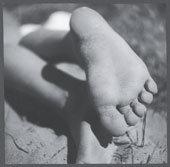
The exhibition will show one of the most important yet least known aspects of Joaquim Gomis's work: the creation of fotoscops.
about "Joaquim Gomis: From the oblique gaze to visual narration"
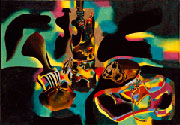

Stories, told through words, pictures or gestures, may be the most enduring form of communication known to humans. More than simply a listing of events, a story can transcend barriers of cultural diversity, geography and time period to explain how or why something came to be.

Joan Miró and the ArtAids Foundation present You Are Not Alone, an exhibition curated by Hilde Teerlinck together with Irene Aristizábal.
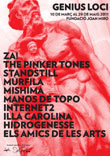
Genius Loci is a unique exhibition that brings together a selection of the latest musical creation of Barcelona.

Let Us Face the Future takes a journey through British art from the end of the Second World War to the late sixties and shows, for the first time in Spain, eighty-eight works by British artists from 1945-1968, on loan from the collections of British Council, the Arts Council, Tate and Pallant House Gallery in Chichester, as well as other public and private collections.
Implicit Sound is the second cycle of exhibitions for Espai 13 curated by multidisciplinary artist TRES. The title of the project not only stresses its connection with the previous Espai 13 cycle, Explicit Silence, but also reflects visual artists' growing interest in using sound in their work.